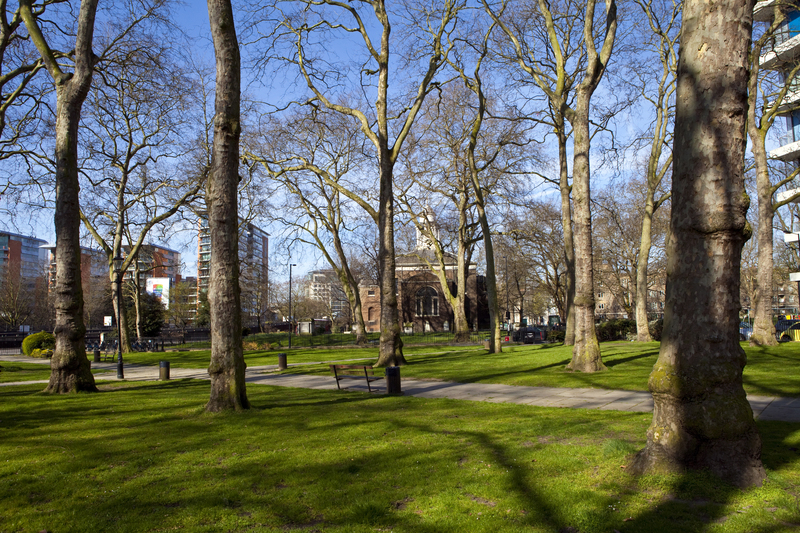Initial Actions for Rehabing a Forgotten Garden
Posted on 31/05/2025
Initial Actions for Rehabbing a Forgotten Garden
Initial Actions for Rehabbing a Forgotten Garden
Assess the Current State of Your Garden
Before diving into revitalizing your forgotten garden, it's prudent to assess its current condition. Identify which plants can be salvaged, which areas are overgrown, and where there's potential for new growth. This inventory will help you create a more structured action plan and prioritize the areas that need immediate attention.

Clear Debris and Weeds
An essential first step in restoring your garden is to clear out debris and weeds. This not only makes the garden more manageable but also reduces competition for nutrients among your plants. Use appropriate tools like gloves, weeders, and rakes, ensuring you remove weeds by the roots to keep them from returning.
Improve Soil Quality
The health of your garden is largely dependent on soil quality. Conduct a soil test to determine its pH levels and nutrient content. Based on the results, you might need to amend the soil with compost, manure, or organic fertilizers. Aeration techniques like tilling can also promote healthier root systems and better water absorption.
Prune and Trim Existing Plants
Pruning overgrown plants and trees can significantly improve garden aesthetics and health. Cut back dead or unhealthy branches to stimulate new growth. Pruning also increases air circulation and light penetration, encouraging a flourishing environment for your garden plants.
Plan Your Planting
Taking time to plan your garden layout will pay off in the long run. Choose plants that are well-suited to your climate and soil conditions. Consider native plants, which typically require less maintenance and are better for local wildlife. When arranging plants, think about their mature size to avoid overcrowding.
Implement Sustainable Practices
Sustainability should be at the core of your garden rehab efforts. Practices like mulching, rainwater harvesting, and using natural pest control methods can create a healthier, low-maintenance garden. Mulch helps retain soil moisture and suppress weeds, while rainwater harvesting is a cost-effective way to keep your plants hydrated.
Pros and Cons of Rehabbing a Forgotten Garden
Pros:
- Improves property value.
- Better outdoor aesthetics.
- Creates a healthy habitat for wildlife.
- Personal satisfaction and physical exercise.
Cons:
- Initial cost and time investment.
- Requires ongoing maintenance.
- Possible initial soil and plant health issues.
- Managing pests and weeds can be challenging.
Practical Tips for Garden Rehab
- Start Small: Focus on one section at a time to avoid feeling overwhelmed.
- Use Quality Tools: Invest in good gardening tools to make the job easier and more efficient.
- Stay Consistent: Regular maintenance is key to keeping your garden in top shape.
- Learn: Stay educated on local plants and best gardening practices for your area.

Key Takeaways
- Assessment and planning are critical first steps.
- Soil health is fundamental to successful gardening.
- Sustainable practices can make a big difference.
- Regular maintenance is necessary to preserve your efforts.
Conclusion
Rehabbing a forgotten garden is a rewarding endeavor that offers numerous benefits. While the initial effort might seem daunting, the long-term advantages of a thriving, beautiful garden far outweigh the cons. By following the steps outlined and implementing sustainable practices, you can transform a neglected space into a garden paradise.



